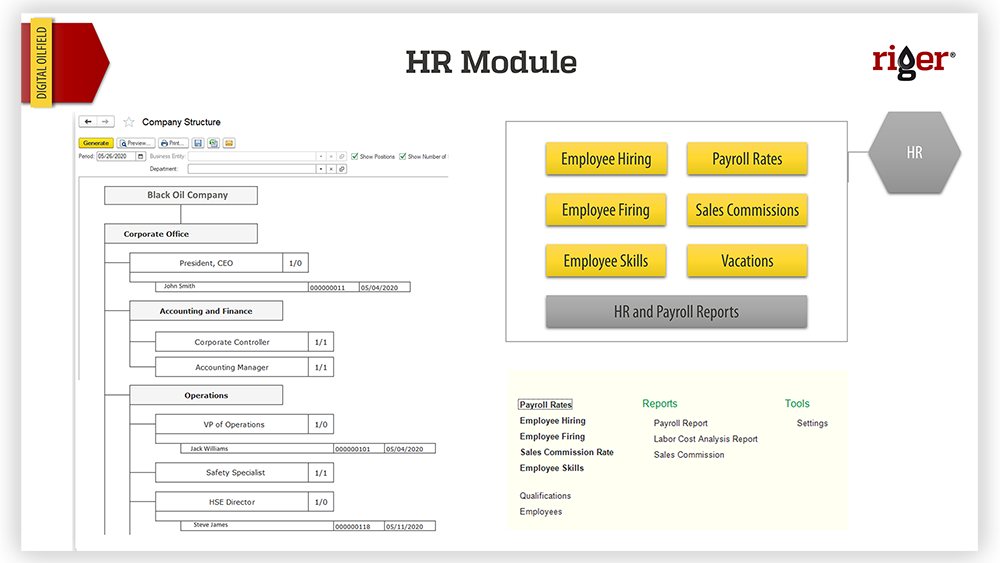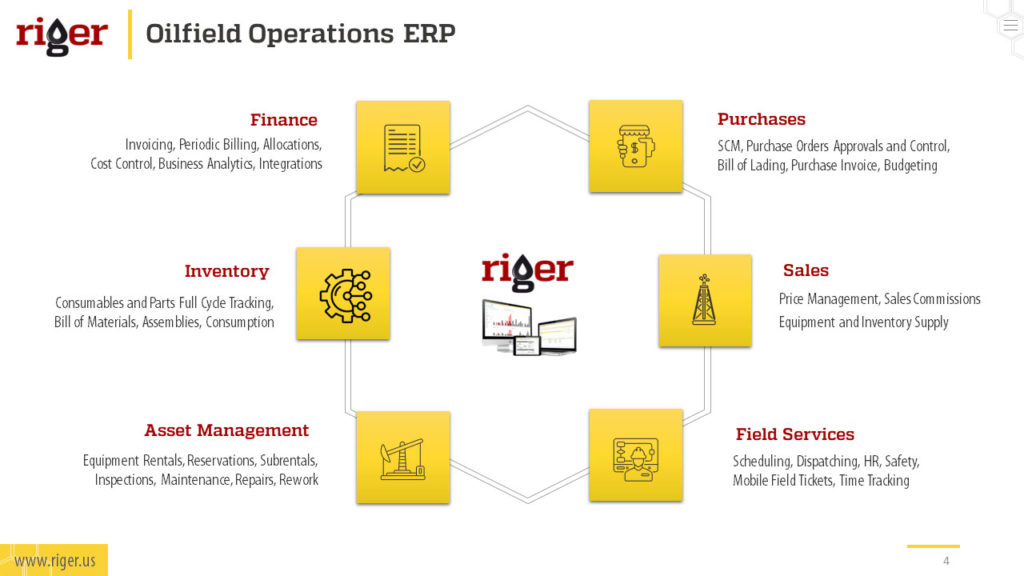In the oilfield industry, managing a skilled and mobile workforce efficiently is crucial for optimizing productivity and ensuring smooth operations.
Operations management software has emerged as a valuable solution, enabling oilfield companies to streamline workforce management processes and maximize productivity. This article explores the significance of operations management software in enhancing workforce productivity within the oilfield industry.
Optimized Scheduling and Resource Allocation
Efficient scheduling and resource allocation are key factors in maximizing workforce productivity. Operations management software provides robust features that allow oilfield companies to create optimized schedules based on various factors such as job requirements, employee availability, and skill sets. By automating scheduling processes, the software minimizes conflicts, reduces downtime, and ensures the right personnel are assigned to the right tasks at the right time.
Furthermore, operations management software helps streamline resource allocation by providing real-time visibility into workforce capacity, equipment availability, and project requirements. This enables managers to allocate resources effectively, preventing bottlenecks and optimizing productivity across different operations in the oilfield.
Improved Communication and Collaboration
Effective communication and collaboration are vital for coordinating tasks, sharing critical information, and fostering a collaborative work environment in the oilfield. Operations management software facilitates seamless communication by providing centralized platforms for messaging, document sharing, and collaboration tools.
With the software, field operators, supervisors, and managers can communicate in real-time, sharing updates, instructions, and addressing challenges promptly. This minimizes delays, reduces miscommunication, and ensures that all team members are aligned and informed.
Moreover, operations management software enables remote collaboration, allowing dispersed teams to collaborate efficiently. Field personnel can access project information, submit reports, and communicate with colleagues and managers regardless of their location, maximizing productivity and minimizing travel-related disruptions.

